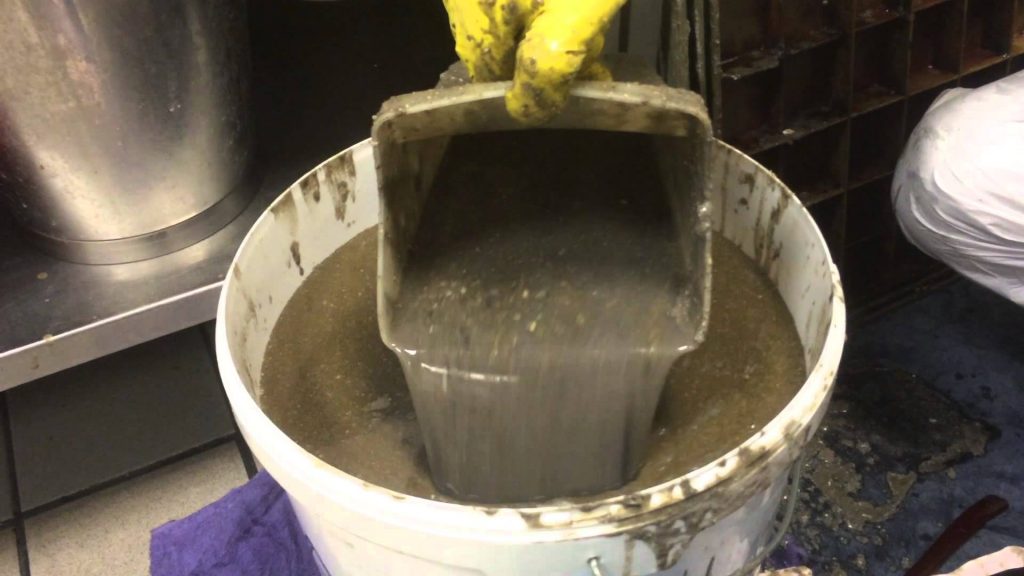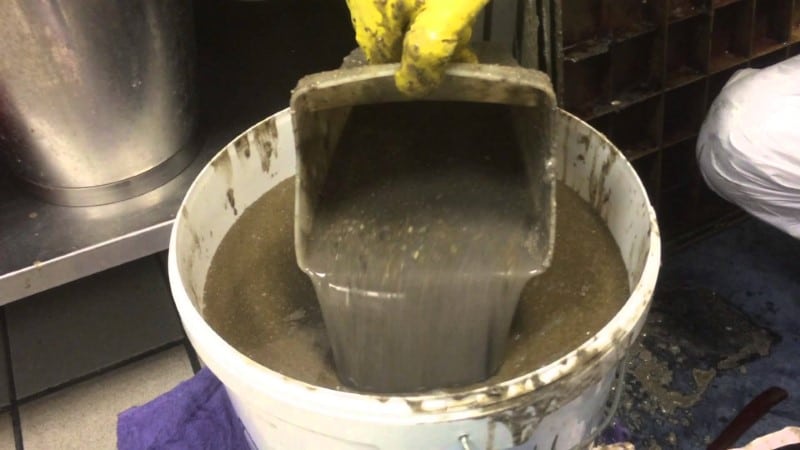
Commercial grease trap prevention is important because this action helps dramatically cut down the amount of FOG that spills onto the wastewater that’s still to be treated. The federal government requires every state to do something about the grease problem. With this, every state has developed ways on how to implement commercial grease trap prevention. More and more non-residential food-based facilities are being erected and run by private business owners. There is a grease trap ordinance that aims to protect the wastewater facilities and the pipe lines that lead to them. It mandates the food establishment owners to have grease traps installed, inspected, and maintained within their business premises. The grease traps should have permits so that the Department of City Sewer could monitor them well.
The non-residential establishments give off grease, petroleum, and solid wastes into the sewers. Some of these facilities are restaurants, nursing homes, private pump stations, resorts, hotels, car repair shops, car wash stations, and motels. Grease traps are also known as sand traps, grease interceptors, fine particle strainer or oil or water separator. These grease traps are supposed to start the treatment of the effluent by removing the FOG and the solid wastes that were obtained from the kitchens.
In commercial grease trap prevention, the grease traps should be totally pumped out more than once every three months. Proper and thorough inspection of the grease traps should be performed every week so that the FOG and solid wastes could be removed. Once the grease trap gets too full, the FOG mixes in with the untreated wastewater and travels through the sewer pipes. There, the FOG solidifies and obstructs the flow of wastewater towards its treatment plant. This results to wastewater backup that contaminates the commercial establishment and the environment. Health issues also arise when backup happens. Surely various diseases or infections could be contracted if customers or staff get in contact with the untreated effluent. Large fines are often paid and lawsuits are usually faced when FOG overflow happens.
The frequency of getting the grease traps pumped out can be costly to the business owners. They are usually obligated to pump out their grease traps every week to make sure that the FOG does not overflow. To help them eliminate the FOG and solid wastes, chemicals and enzymes are often considered. These substances have always been thought of dissolving the FOG but the truth is that they just emulsify it and allow it to mix with the untreated effluent much easier. The FOG just hitches a ride through the pipes and solidifies there until the flow of wastewater is completely obstructed.
Manufacturers of these chemical and enzyme additives can be very misleading especially with the exaggerated promises they give. In the end, the FOG problem in these commercial establishments only gets worse than ever.
Commercial grease trap prevention can only be effective is bacteria are used. If the commercial facility uses bacteria in cleaning up the grease trap starting every week, the maintenance staff would notice their pump out sessions getting less frequent because of what bacteria do. Bacteria are helpful microorganisms that consume the FOG and the solid wastes until the grease trap is totally cleared of them. They even eliminate the bad smells without harming the surrounding environment. Bioremediation uses bacteria that are non-pathogenic in order to convert the FOG and solid wastes into less harmful forms. Bioaugmentation uses a selected strain of bacteria in eliminating the FOG and solid wastes.
If a successful commercial grease trap prevention is needed, then bacteria should be used. Through the use of bacteria, the commercial establishment could save a lot because of less frequent grease trap pump outs.
